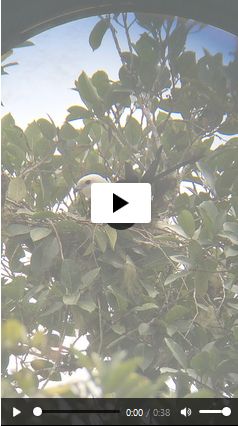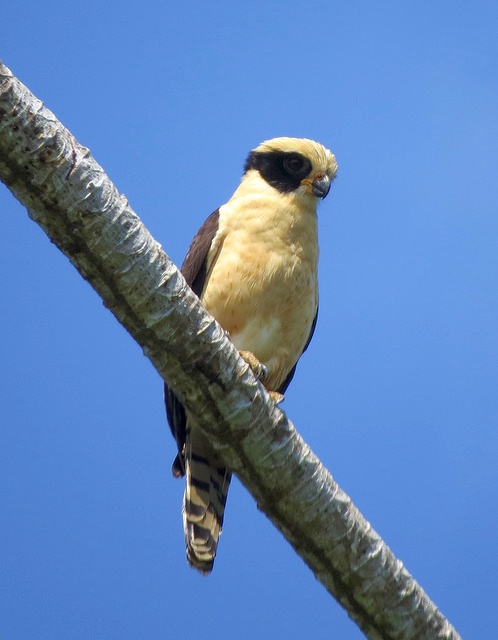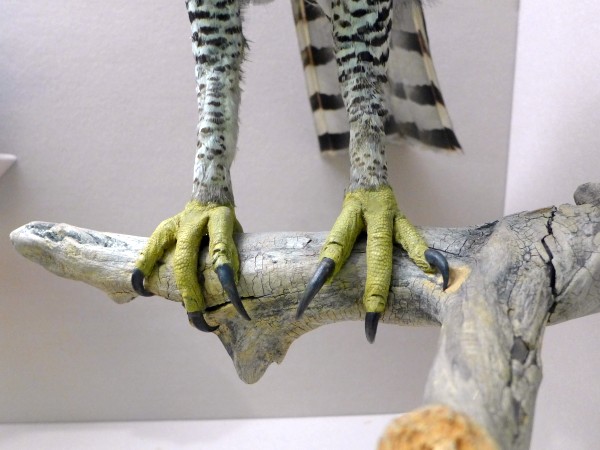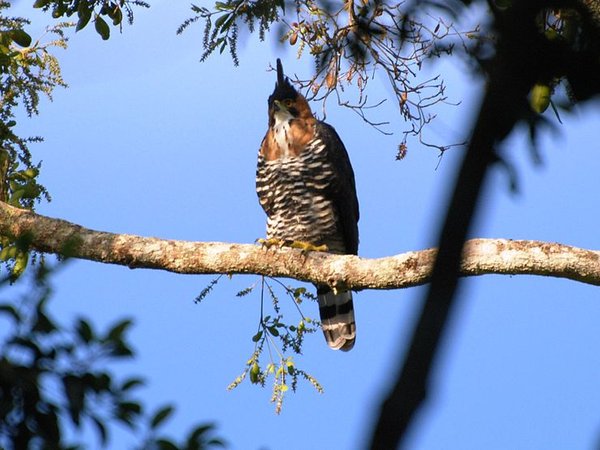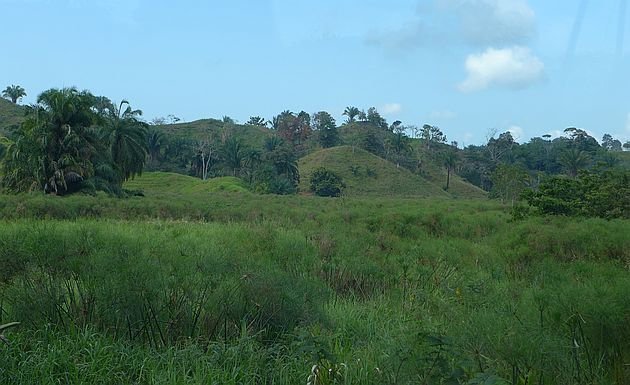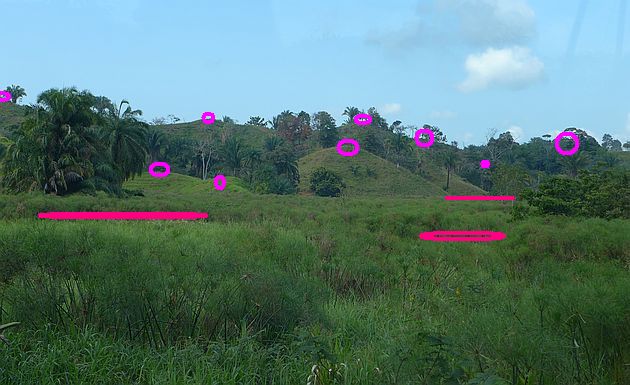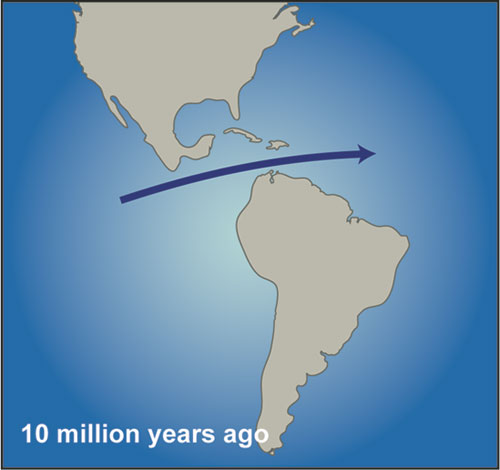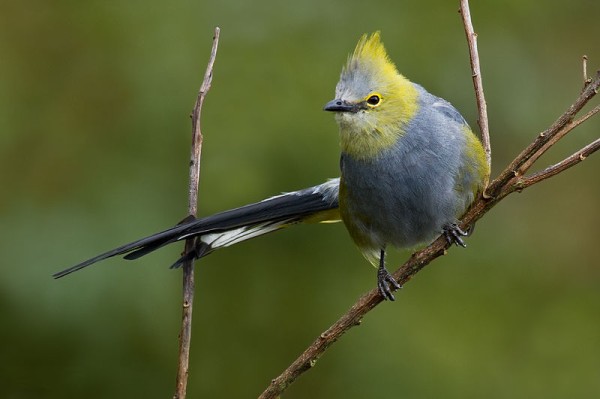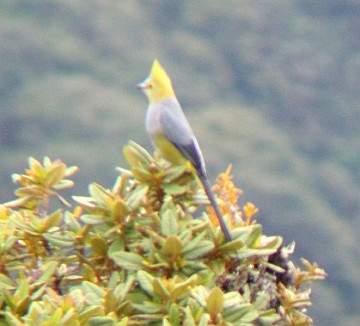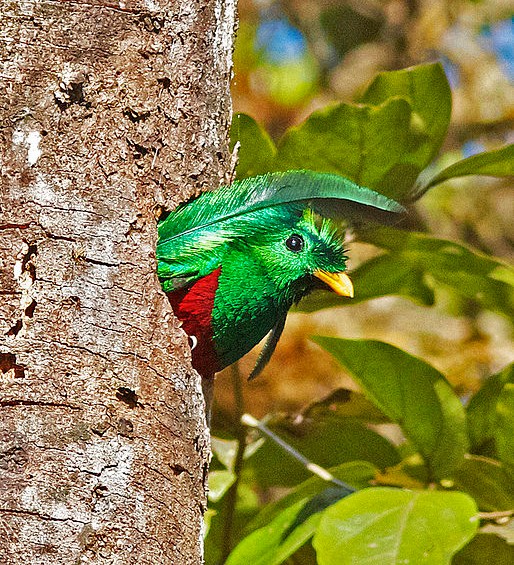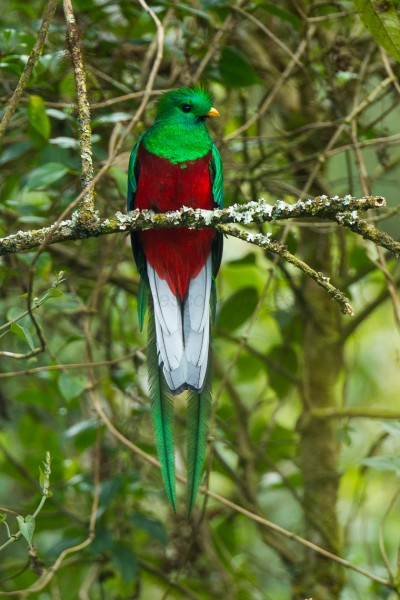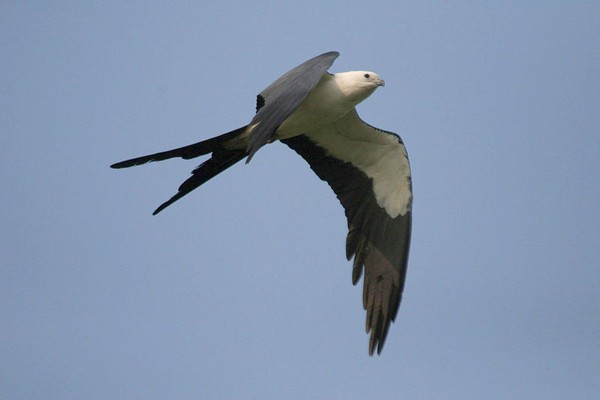
We use words like powerful, strong or fierce to describe raptors but this one is different. The swallow-tailed kite (Elanoides forficatus) is truly graceful.
Named for their beautiful black tails, their flight is so buoyant that they barely flap as they swoop and turn to grab food from the air or the treetops. They seem to be moving in slow motion and it’s true. They can fly slowly because their wings and tails are so long.
Swallow-tailed kites live year round in South America but only visit the southern U.S. and Central America to breed. They eat mostly insects which they capture with their feet but supplement their diet with frogs, lizards and nestling birds during the nesting season.
I’ve seen solo kites returning to Florida in late February but my best experience was last month on the Road Scholar birding trip to Costa Rica. We saw flocks of swallow-tailed kites and they were spectacular!
At a pond near the road to Agua Buena, three kites skimmed the water, drinking and bathing, as graceful as swallows. They flew so low that we could see the bluish sheen on their backs. Jon Goodwill photographed them in the flight.
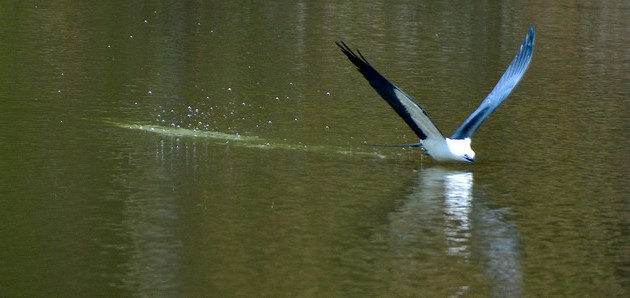
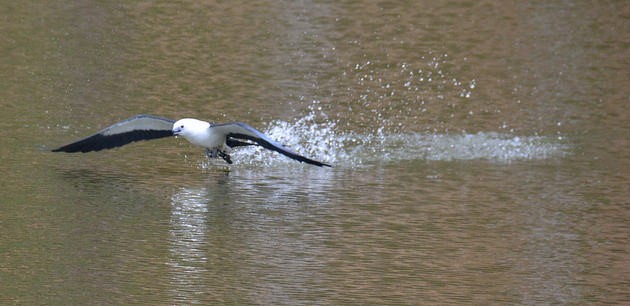
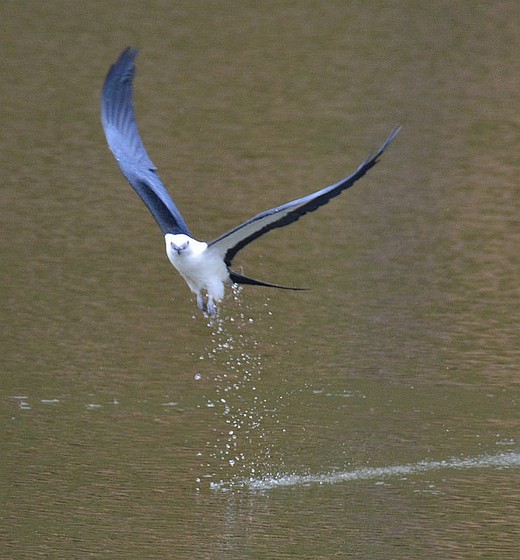
Later we took a detour … and we were lucky. Our guide Roger Melendez saw a pair of kites building a nest. Bert Dudley zoomed his camera for this video of the female arranging the sticks. (You can hear us talking in the background.)
I would love to show you the beautiful flight of these graceful birds. This video of three man-made kites flown by Ray Bethell is the closest approximation.
Swallow-tailed kites are so graceful.
(top photo from Wikimedia Commons, bathing and drinking photos by Jon Goodwill, video by Bert Dudley. Click on the images to see the originals)
